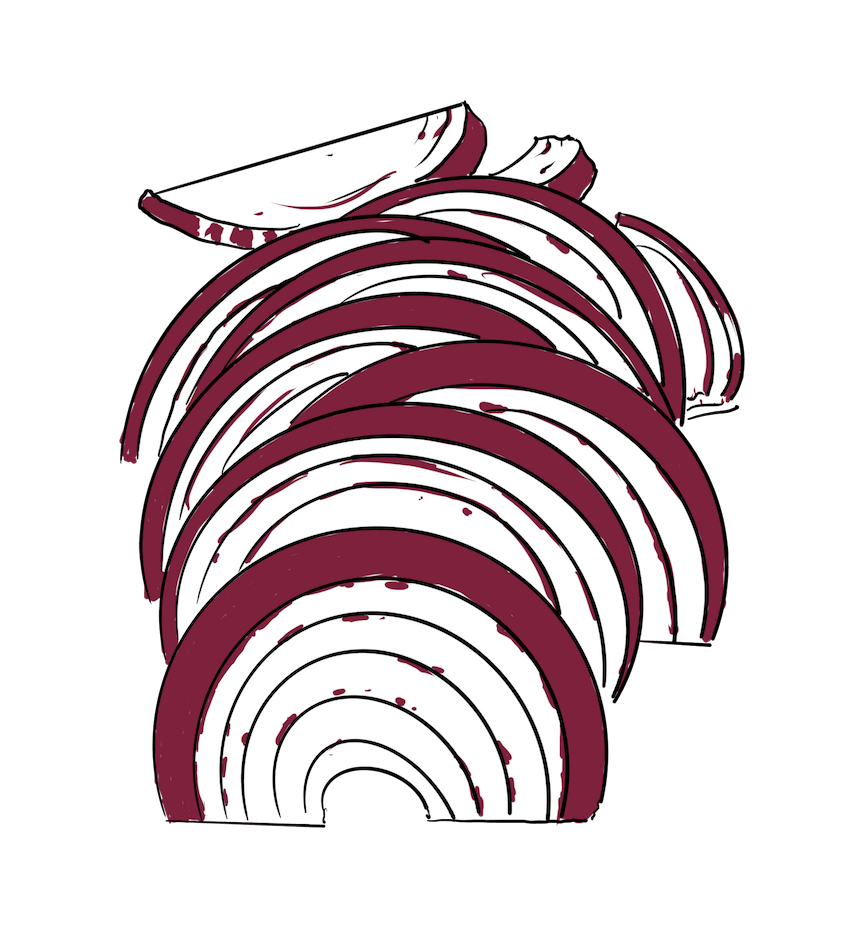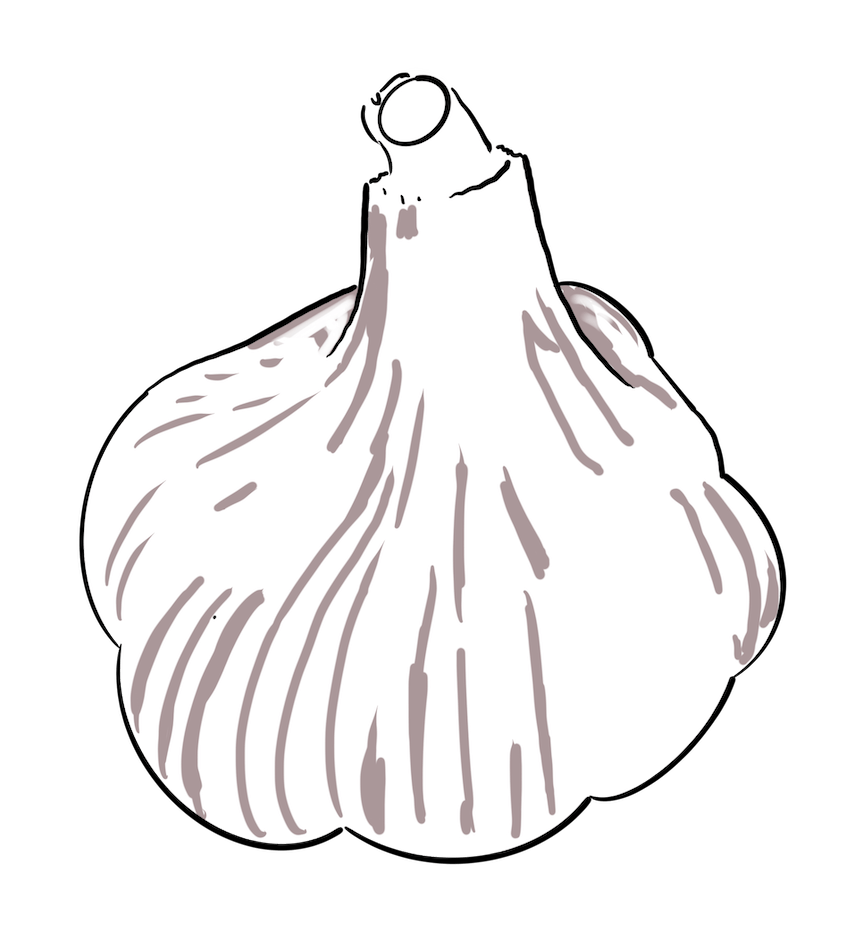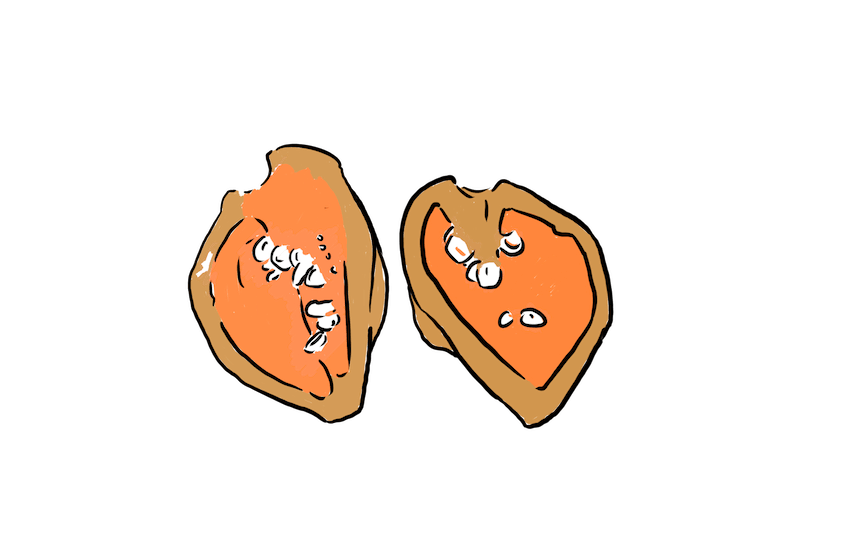Last month, we learned about making hot honey from a long-time employee, Brian R., as a foray into hot sauces and fermentation. Today, Brian comes to us with a simple way to make a hot sauce to keep in your fridge that will add flavor to a variety of your favorite foods. Brian's favorite use? Breakfast!
For some time my children and I have been trying to create a breakfast hot sauce. We've had a few failures but after some trial and error, we have landed on the right formula. This is the recipe I will be sharing with you today!
This recipe involves lacto-fermentation. You may be wondering, "What is lacto-fermentation"? Lacto-fermentation is the process by which bacteria break down the sugar in foods and form lactic acid. While lactic acid acts as a preservation method of food, it's also key to creating flavor profiles you find in foods such as kimchi, sauerkraut, and kombucha.
Things you will need:
one 12-ounce mason jar or jar with a rubber seal and latch that can be burped twice a day, OR, a fermentation kit*
one tomato
one red onion
two cloves of garlic
two habaneros
salt
water
*Fermentation kits are easily accessible and relatively inexpensive!
Recipe:
Make sure your hot sauce vessel is clean. Wash it with warm soapy water and dry with a towel.
Rinse off your tomatoes and habaneros to get any unwanted residue that could throw off your fermentation.
Quarter the tomato and dice half the red onion. Peel the two cloves of garlic and half the habaneros. (You can de-seed the habaneros if you're concerned about the level of heat.)
Start to fill your jar. I like to do half of the onions on the bottom then I add the garlic, habaneros, tomatoes, and then top it off with the remaining onions. You may have too much veg and it won't all fit depending on the size of your vegetables. If that's the case just fill it with even amounts almost up to the lip of the jar. Make sure to leave a little room for air, about a half-inch.
Add a teaspoon of salt and then fill it with water until all the vegetable mixture is submerged, remembering to leave a half-inch of air. I use less salt than most, so adjust accordingly to your tastes.
Now put the tops on. Or, if you're using a jar, latch the lid. Store in a dark place that is between 55 and 75 degrees. If you are working with a fermentation kit, leave it for 7 to 9 days before processing the vegetables. If you are using a jar, burp it once or twice a day by unlatching the jar and moving the lid open and closed to let the built-up pressure release.
After 7 to 9 days take the jar out of storage. Open and remove the small film of mold off the top. Place the contents of the jar in a blender and blend them until they are smooth. Pour the now blended veg into a wire mesh colander over a bowl. With a spatula work the remaining veg through the screen.
Funnel the hot sauce into your bottle or its vessel and refrigerate. Let the flavors marry for a couple of days. After two days, you should have a super delicious hot sauce! I love to use it for breakfast eggs, skillets, and more.











